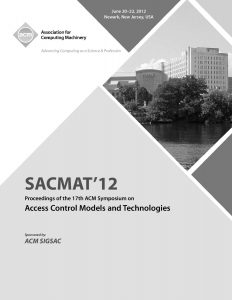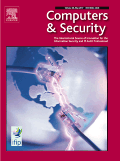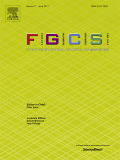Policy-based authorization systems have been largely deployed nowadays to control different privileges over a big amount of resources within a security domain. With policies it is possible to reach a fine-grained level of expressiveness to state proper responses of a system against multiple access control requests. In this context, XACML has achieved a big popularity between both industry and academy as a standard for the definition of access control policies, as well as an architecture for the evaluation of authorization requests and for the issuing of authorization decisions. However, the applicability of XACML is still not clear in collaborative and distributed environments composed of several security domains sharing the access control over some specific resources. Such a circumstance manifests when many security domains can simultaneously define the behavior that a resource will have upon received authorization requests, like for instance an organization with many subsidiaries, a company with a service virtualization business model, etc. In this paper we propose a solution to reach an effective distributed policy management considering that a number of policies in one domain may be confidential. To this end, the default XACML architecture has been redefined in order to use i) Master and Slave PAPs to communicate security domains, ii) Meta-Policies to define privileges over access control policies (the policies become the managed resources) and iii) SAML extensions to protect the policy management messages which flow between security domains. The experiments and the defined scenarios in the paper prove the validity of the proposed solution.
Managing XACML systems in distributed environments through Meta-Policies
Abstract
Related Publications

Graph-Based XACML Evaluation
Conference
17th ACM Symposium on Access Control Models and Technologies (SACMAT 2012), pp. 83-92, ISBN: 978-1-4503-1295-0, Newark, USA
Publication year: 2012
Co-Authors
This work would not have been possible without the inestimable contribution of:
- Daniel O. Díaz López
- Ginés Dólera Tormo
- Gregorio Martínez Pérez
Citation
Daniel O. Díaz López, Ginés Dólera Tormo, Félix Gómez Mármol, Gregorio Martínez Pérez, «Managing XACML systems in distributed environments through Meta-Policies«, Computers & Security, vol. 48, pp. 92-115, 2015
Journal Ranking & Impact Factor
- Journal: Computers & Security
- Category: Computer Science, Information Systems
- Rank: 43/144
- Quartile: Q2
- Impact Factor: 1.640





